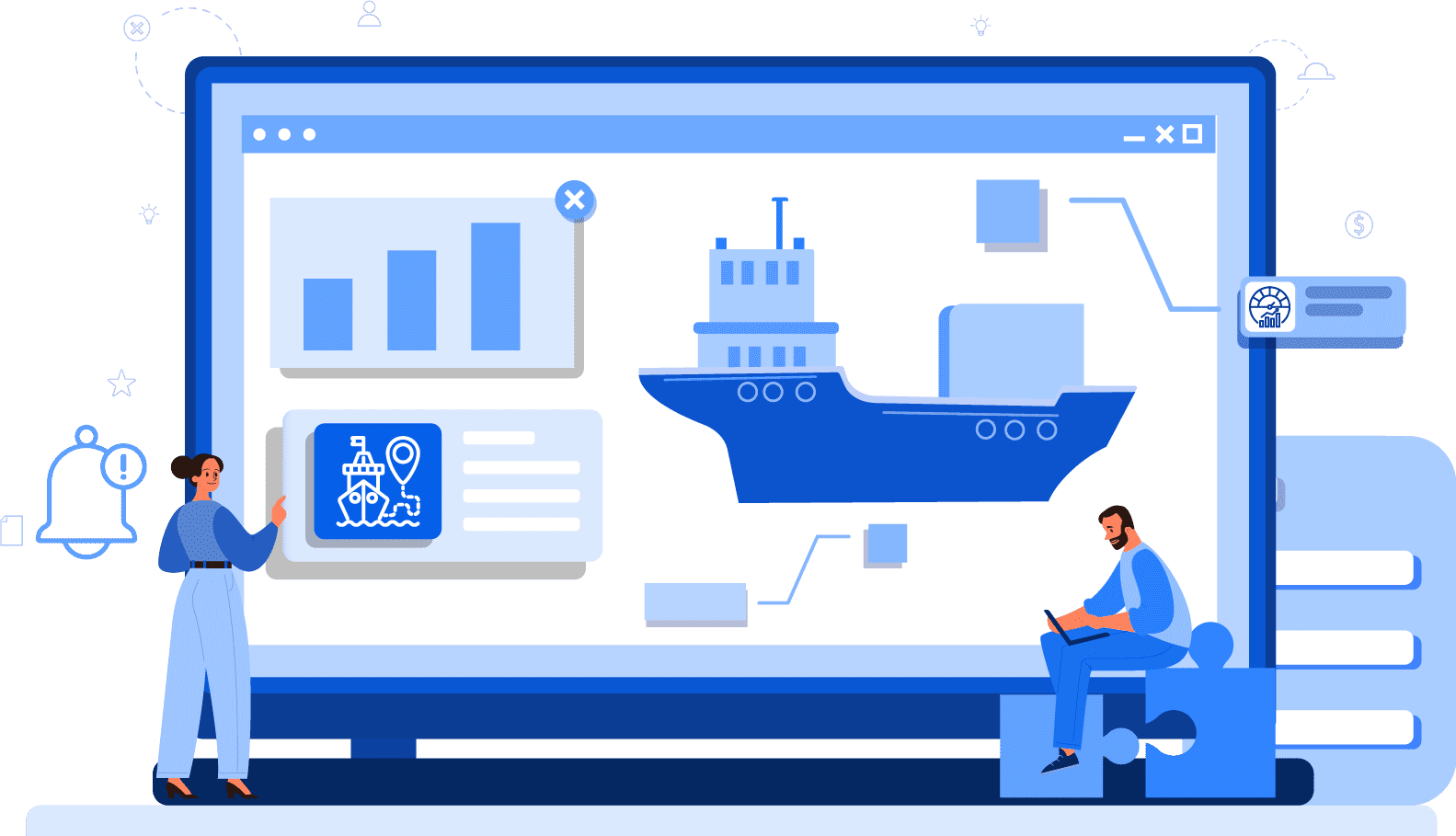In the highly specialized and interconnected ecosystem of the global maritime industry, strategic partnerships and alliances are an indispensable pillar of success for companies operating in the Marine Management Software market. While M&A drives consolidation of ownership, these collaborations are the primary mechanism for driving integration, ensuring data interoperability, and delivering the comprehensive, holistic solutions that modern shipping companies require. An analysis of Marine Management Software Market Partnerships & Alliances reveals that no single vendor, no matter how large their platform, can provide every piece of data, hardware, and software that is needed to digitally manage a modern vessel. Therefore, the ability to build and manage a robust ecosystem of partners is a critical competitive differentiator. These alliances are not just simple marketing arrangements; they are deep, strategic relationships that involve technical API integrations, data sharing standards, and joint go-to-market efforts, all aimed at creating a more seamless and valuable experience for the end-user ship owner or operator.
One of the most critical categories of partnerships is the technology integration alliance. This involves the deep, often API-driven, integration of a core marine management platform with a wide array of other best-in-class systems, both onboard the vessel and shoreside. For example, a planned maintenance system (PMS) must form alliances with spare parts and e-procurement platforms to streamline the purchasing workflow. A vessel performance optimization platform must partner with weather data providers to access high-quality meteorological and oceanographic forecasts for voyage routing. Furthermore, all software vendors must form partnerships with the major maritime satellite communications providers to ensure their software can reliably and efficiently transmit data between the ship and the shore. These integrations are fundamental to creating a truly unified and efficient operational environment, eliminating manual data entry and breaking down the information silos that have long plagued the industry. A rich and open ecosystem of pre-built integrations is a powerful selling point for any modern marine software platform.
Another vital set of alliances is with the major maritime hardware manufacturers and classification societies. Software vendors must work closely with engine manufacturers, navigation equipment providers, and sensor makers to ensure that their software can seamlessly collect data from this onboard equipment. This often involves collaborating on data standards and communication protocols. Partnerships with the major classification societies, such as DNV, Lloyd's Register, and ABS, are also crucial. These collaborations can involve having the software certified by the class society, which provides a powerful stamp of approval and ensures that the system meets regulatory requirements for things like electronic record-keeping. The Marine Management Software Market size is projected to grow USD 3.94 Billion by 2030, exhibiting a CAGR of 10.64% during the forecast period 2024 - 2030. The future of digital shipping will be defined by open platforms and interoperability. The software vendors that embrace an open, ecosystem-centric approach will be the ones that ultimately win the market by providing the most flexible and future-proof solution.
Top Trending Reports -




